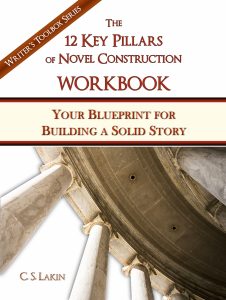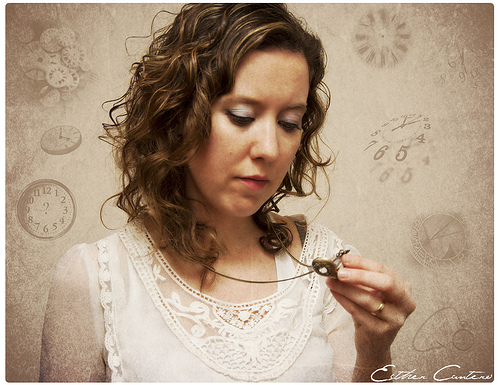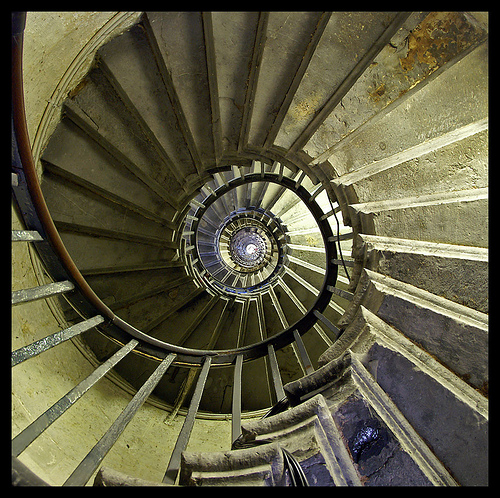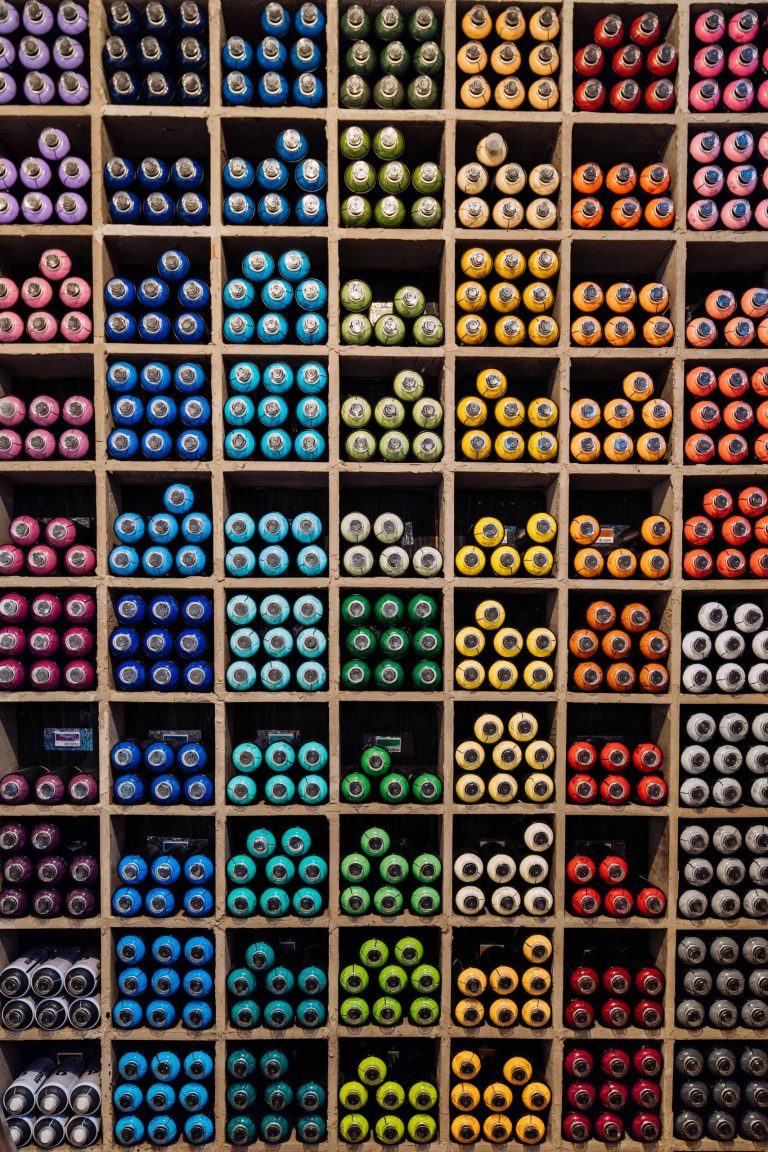Why Outlining Your Scenes Will Help You Write a Great Novel
One of the biggest problems I see as a copyeditor and writing coach is weak scenes. Scenes with no point to them. Scenes structured badly. Boring scenes, dragging scenes, repetitive scenes. Scenes are the pieces we string together to create a whole overarching story, but all too often writers include many scenes that just don’ work and shouldn’t be in their novel.
We’ve been going over the essentials components that make up a scene, and I hope by now you see that it isn’t just about going through a checklist of what to include. When crafting scenes, writers must keep in mind the overarching premise and plot, and purpose of the story, the character arc, and all the other elements of novel construction. Winging it instead of using a scene outline and checklist might be likened to trying to crest the top of a sand dune by tromping up the steep side instead of following the easy ridge.
 Using my workbook for The 12 Key Pillars of Novel Construction can greatly aid writers in getting all those key novel components set up solidly. But once all that’s figured out, the story then must be told. How? In a string of scenes. So understanding good scene structure is so important.
Using my workbook for The 12 Key Pillars of Novel Construction can greatly aid writers in getting all those key novel components set up solidly. But once all that’s figured out, the story then must be told. How? In a string of scenes. So understanding good scene structure is so important.
We looked at the first 6 vital scene elements: the high moment, starting in the middle of something happening, establishing the POV character, evoking the setting, infusing conflict, and instigating change in the character. But there are so many more considerations.
Let’s take a look at my scene checklist (which you can download here). I’ve created a list of questions for you to ask of each of your scenes. Here are the ones that apply to what we’ve gone over so far:
____ My scene is important to the plot (and I can explain exactly why it is)
____ My scene helps reveal something new about the characters or plot
____ My scene starts in the middle of action in present time and moves forward
____ My scene gives a brief nod to setting through the character’s POV
____ My scene stays in one POV the whole time and makes clear who the POV character is right away (preferably in the first two lines)
____ My scene evokes a rich setting to which my POV character reacts and responds
____ My scene’s high moment advances the plot in an important way
Before we take a look at all the other items on the checklist, I want to talk about outlining your novel’s scenes.
Outlining Your Scenes May Save Your Story
Before you complain about how you hate plotting or outlining, let me say this: outlining your scenes may make the difference between a so-so book and a great one. It may make the difference between a story that drags and seems to wander aimlessly and one that has riveting, tight pacing and high tension on every page.
The biggest reason novels drag and bore readers, to me, is the lack of strong scenes—scenes that are constructed carefully and include everything necessary to move the story forward purposefully and with economy.
What do I mean by economy? I mean not filling pages with unimportant material. Not showing characters doing boring things that have no significance. Not showing dialogue that accomplishes little to advance or complicate the plot.
Every word on every page is valuable. I often liken the pages of your book as valuable real estate. What if you got paid $1 for every perfect, necessary, useful, or ideal word you wrote on each page? What if you got fined for every useless, clunky, unnecessary, or boring word you used? Would you be rich or broke by the time the reader got to “the end”? Something to consider.
I critique a lot of manuscripts. Most of them need a lot of work, particularly with scenes. Some of the problem has to do with scene structure. Some has to do with the purpose of the scene in the overall story. I created this scene template to help my clients lay out their scenes in a way that would help them think carefully about their choices.
Here are the sections on my scene template (which you can download here):
Scene # ____
Locale:
Time of day:
Time of year:
Weather:
How much time passed since previous scene with this character:
POV character for the scene:
Scene summary:
What main way is the story advanced? What new plot points are revealed?
What conflicts/obstacles are presented in the scene?
How does the POV character change or grow by the end of the scene?
THE high moment or key info revealed in scene:
Important backstory bits revealed in scene:
World-building or specific setting/locale details brought out:
These are the key elements needed to be thought out and decided for each of your scenes. Writers who have used this template have found it so much easier to write their novel. It’s one thing to know what you want your novel to be about; it’s another thing to ensure you have just the right scenes in the right order to tell that story in the best way.
Whether you have completed a full draft of your novel or you’re only partway through, consider creating a scene outline and having me critique it.
It usually takes me about 3-5 hours to review and comment on a scene outline. All you need to do is use that template, one page per scene. If you only have part of your novel done, having me review what you have so far is a great way to stop to see how well you’re building your story. You can either combine all your completed template pages together into a Word doc, or distill the key components of each scene (addressing all the above items) into one long paragraph (per scene), then put that in an outline and send to me.
You’ll find this is perhaps THE best way to get a clear overview, like a bird’s-eye view, of your story and scene structure.
Contact me and let’s discuss! Seriously, this will be money well spent.
Next week, I’ll show you a great example of how one editing client used this template to lay out her whole novel.
What are your thoughts? Have you ever outlined your scenes? What are the key factors you keep in mind when coming up with your scenes? What is most important to you?












This is great stuff…thank you so much!
Huh, you are giving me mucho homework to do but I appreciate it! I’m already hog tieing my writing group into dong scene analysis using your scene structure check list, so this will be the next assignment I suggest! Lol. Really valuable.
I’m a big believer in planning and outlining. It makes novel-writing a much faster and less-painful process. Which is why I think this method is a fantastic idea.
Us writers often get caught up in the act of writing and sometimes forget to include the simple information, like time of day or time passed, etc… Plotting scenes like this ensures that every scene has a distinct time, place and purpose.
Will definitely be using this in future 🙂